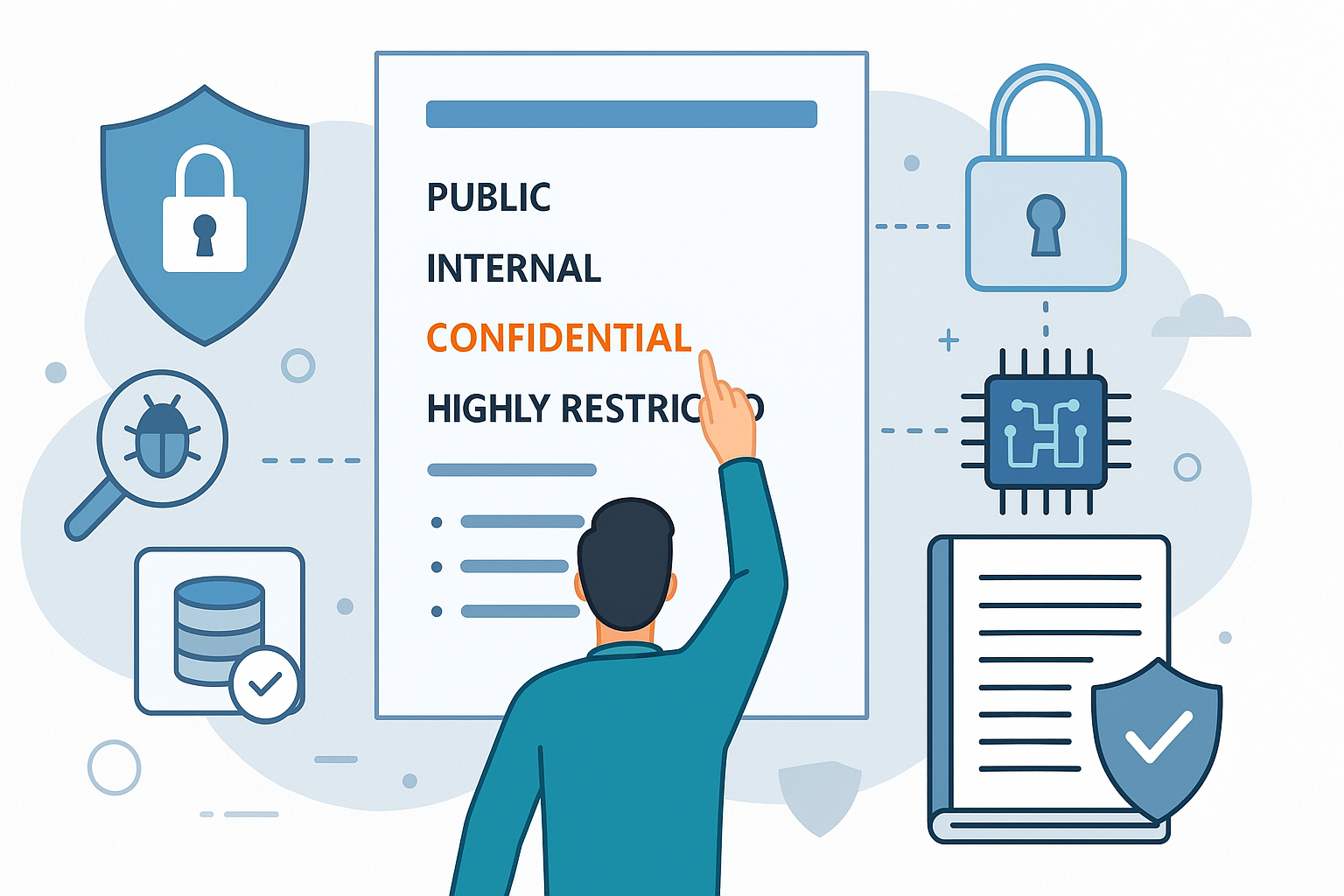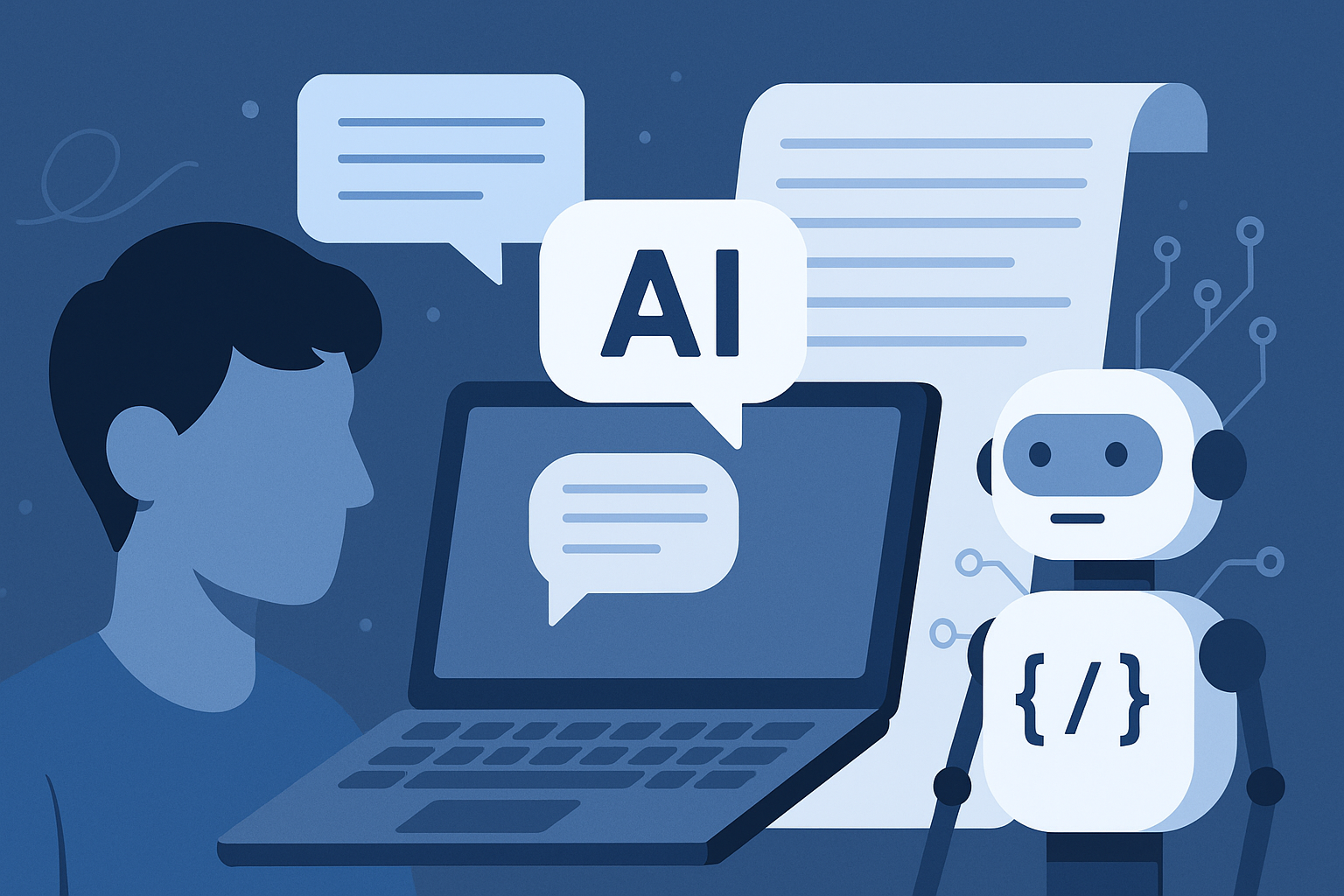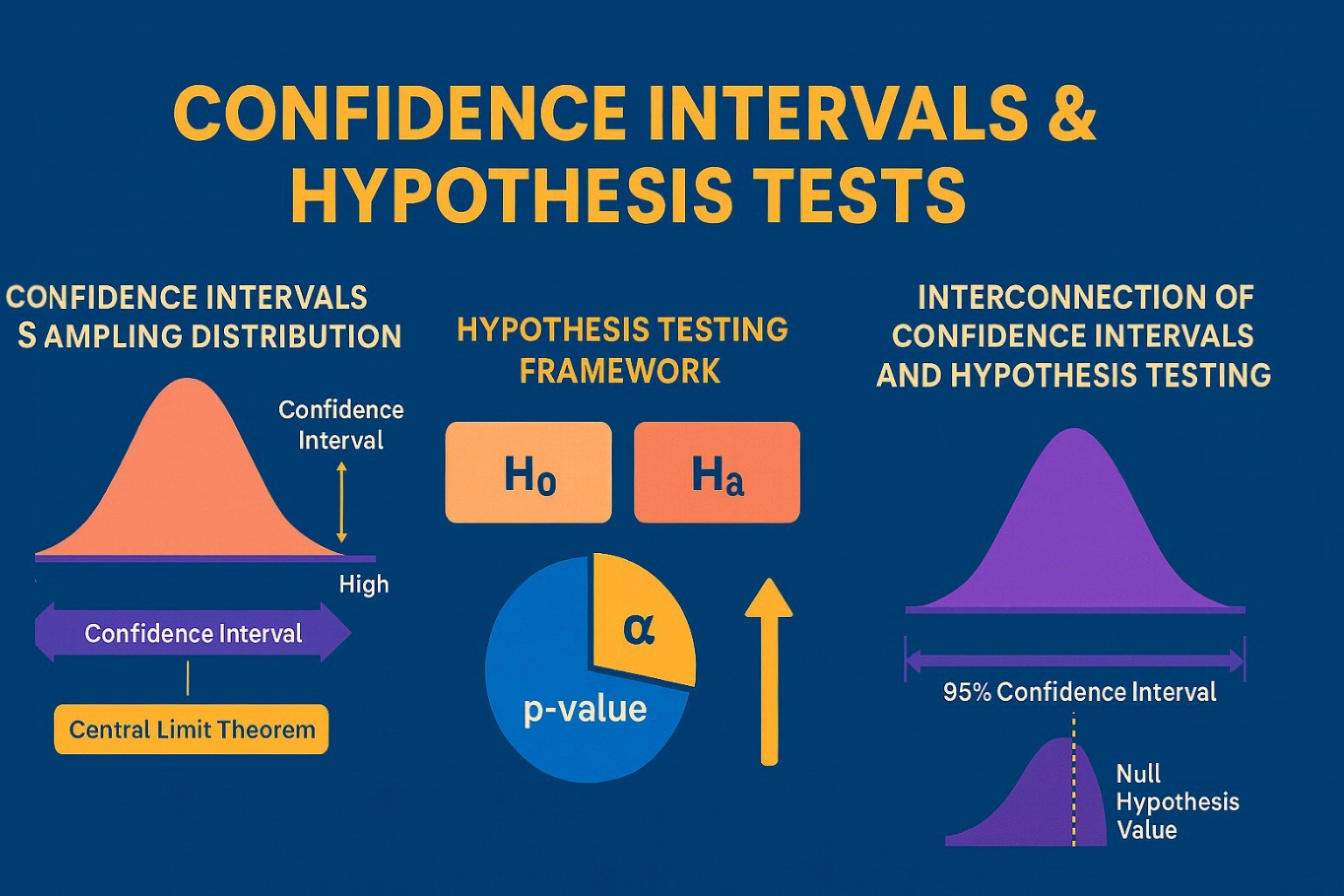Splunk Certification Exam Dumps to Become a Certified Professional

Splunk Certification
Splunk certification will help you to work in the machine-generated data analytics domain. There are many other technologies like machine learning, iOT, big data, enterprise security which are dependent on Splunk for analysis. With the help of Splunk, searches are faster. A Splunk certification will help to accelerate your career faster.
Benefits of Splunk Certifications
By getting yourself as a Splunk professional, you will compete in the big data world for highest paying jobs. Data analytics is the most in-demand technology in IT space. By having a certification in Splunk, will get you an edge over your peers to get highest pay in data analytics-based organizations. Organizations will be confident about your skills to analyze, visualize and monitor machine-generated data.
Benefits to career
Splunk is a powerful tool for generating high-volume machine-generated data. With the help of Splunk, you may be placed in companies like Cognizant, Ericsson, Wipro, Genpact, Sony, Adobe, Dominos, etc. The average salary for a Splunk certified professional is $156,000. The hourly pay for a Splunk professional is $70 per hour. The salary range is $88,500 to $182,150. You may be placed as a security engineer, system engineer, developer, software architect, performance engineer, system administrator etc.
----------------------------------------------------------------------------------------------------------------------------------------------------
Splunk Certification Dumps Practice Test Questions and Answers
Like most certification exams, a free course, or an online course or an instruction-led training alone is not sufficient. You need some Splunk certification questions and answers to practice before the exam. You need this splunk exam dump to recollect whatever is learned quickly. To save your time, we have compiled a set of splunk certification questions and answers for you to glance just before appearing the exam. This helps you to stay focused and score well in the Splunk exam.
Exam details: Splunk
Exam name: Splunk
Duration: 60 minutes
No. of questions: 60
Passing score: 70 %
Validated against: Pearson VUE
Format: Multiple choice questions
Exam price: $125
------------------------------------------------------------------------------------------------------------------------------------------
1. From the below-mentioned option which of the following is true about input lookup and out putlookup?
A. Inputlookup is the lookup command used for generating output from a filed list that already exists.
B. Inputlookup is used for building information.
C. Inputlookup is used for providing enrichment to the data.
D. Inputlookup is one of the lookup commands that choose the name from the output already given.
Explanation- inputlookup especially takes input as the name suggests it is used for enriching the data. Also one of the examples of inputlookup is as follows: a product price, a product name will be taken as input. And further, it will be matched with the internal field such as item Id or product id. For building their information the lookup command used is outputlookup as well as for generating an output from the list in the existing field is done by using outputlookup command. Hence the correct statement about inputlookup command is Inputlookup is used for providing the enrichment to the data.
----------------------------------------------------------------------------------------------------------------------------
2. From the below-mentioned option how many types of default fields are available in each event of Splunk?
A. Host and source.
B. Source type and index
C. Index and time stamp
D. Source type and time stamp
E. All of the above
Explanation- 5 fields are available by default and they are barcoded with each event of Splunk. The default fields are host, source, source types, index and time stamp.
------------------------------------------------------------------------------------------------------------------------------------------
3. What is the correct descending order of the directory according to the priority when the context is global?
A. 1. System local directory
2. App local directory
3. App default directory
4. System default directory
- 1. App default directory
2. System local directory
3. App local directory
4. System default directory
C. 1. System local directory
2. System default directory
3. App local directory
4. App default directory
D. 1. App local directory
2. App default director
3. System local directory
4. System default directory
E. There is no need for following any sequence all have equal priority.
Explanation- when there is no app or user in the context that is global hence the following directory properties descend order is as follows:
1. System local directory
2. App local directory
3. App default directory
4. System default directory
In this, the system local directory has the highest priority whereas the system default directory has the lowest priority.
-------------------------------------------------------------------------------------------------------------------------------
4. When the context is global which of the following directory has the highest priority and the lowest priority in the defend order?
A. System local directory and the system default directory
B. System local directory and app local directory
C. App local directory and app default directory
D. App default directory and system default directory.
E. System default directory and system local directory.
Explanation- when there is no app or user in a context that is global hence the following directory properties descend order is as follows:
1. System local directory
2. App local directory
3. App default directory
4. System default directory
In this, the system local directory has the highest priority whereas the system default directory has the lowest priority.
------------------------------------------------------------------------------------------------------------------------------------------
5. When the context is an app or user the directory priority order descends from user to app in which of the following sequence mentioned below?
A. 1. User directory of current use
2. App directory for Currently running app
3. System directory.
4. App directory for the remaining apps
B. 1. User directory of the current user
2. App directory for Currently running app
3. App directory for the remaining apps
4. System directory.
C. 1. App directory for Currently running app
2. User directory of the current user
3. System directory.
4. App directory for the remaining apps
D. 1. System directory.
2. App directory for Currently running app
3. User directory of the current user
4. App directory for the remaining apps
E. There is no need for following any sequence all have equal priority.
Explanation- when the context is app or user the correct sequence of directory priority descends from user to app is as follows:
1. User directory of the current user
2. App directory for Currently running app
3. App directory for the remaining apps
4. System directory.
The user directory for the current user has the highest priority and system directory which is local and followed by default as the lowest priority. The app directory is for the current running app is local and followed by default. Also, the app directories for other apps are local and followed by default which is used for exported settings only.
-------------------------------------------------------------------------------------------------------------------------------
6. Which of the following have the highest priority and the lowest priority directory when the context is app or user and the priority descend from user to app to the system?
A. User directory for the current user, app directory for currently running app.
B. User directory for current user and system directory
C. App directory for currently running app and app directory for all other remaining apps.
D. System directory and user directory for the current user.
Explanation- when the context is app or user the correct sequence of directory priority descends from user to app is as follows:
1. User directory of the current user
2. App directory for Currently running app
3. App directory for the remaining apps
4. System directory.
The user directory for the current user has the highest priority and system directory which is local and followed by default as the lowest priority. The app directory is for the currently running app is local and followed by default. Also, the app directories for other apps are local and followed by default which is used for exported settings only.
------------------------------------------------------------------------------------------------------------------------------------------
7. How many pages are there for moving a bucket in Splunk
A. Eight
B. One
C. Four
D. Five
Explanation- there are five stages from which a bucket in a Splunk moves. The four stages are a hot bucket, warm bucket, cold bucket, frozen bucket, and thawed bucket. Hence the correct option is D.
---------------------------------------------------------------------------------------------------------------------------
8. From the below-mentioned option tell the correct match?
A. Hot buckets are searchable but not actively return.
B. Warm buckets are searchable but not actively return.
C. Warm buckets are searchable and also actively return
D. All of the above
E. None of the above
Explanation- hot bucket is searchable and it actively returns also. But on the other hand, warm buckets are just searchable not actively return. Hence the correct option is B.
------------------------------------------------------------------------------------------------------------------------------------------
9. From the below-mentioned option which of the following are limitations of the summary index?
A. The top product from your statistics cannot be found out using the summary index.
B. Needling in the haystack kind of search cannot be done using the summary index.
C. You cannot find out the contribution of the product to the revenue by using the summary index.
D. You cannot find out what was the maximum contribution to the summary.
E. All of the above
Explanation- the limitations of summary index are as follows- Top product from your statistics cannot be found out using summary index, Needling in the haystack kind of search cannot be done using summary index, You cannot find out the contribution of product to the revenue by using summary index, You cannot find out what was the maximum contribution to the summary. Since all the above-mentioned options are included in the limitations hence the correct option is E.
----------------------------------------------------------------------------------------------------------------------
10. Which of the following match is true about the mentioned command?
A. States command allows multiple fields for building the table.
B. State command allows two fields that are field on x-axis and y-axis respectively.
C. The in-state command only one field is allowed as X-axis is fixed in the time field.
D. All of the above.
E. None of the above
Explanation- since, in States command allows multiple fields for building the table, chart command allows two fields that are field on the x-axis and y-axis respectively, In time chart command only one field is allowed as X-axis is fixed in the time field. And hence the correct option is A.
------------------------------------------------------------------------------------------------------------------------------------------
11. Which of the following match is true about the mentioned command?
A. Charts command allows multiple fields for building the table.
B. Chart command allows two fields that are field on x-axis and y-axis respectively.
C. In chart command only one field is allowed as X-axis is fixed in the time field.
D. All of the above.
E. None of the above
Explanation- since, in States command allows multiple fields for building the table, chart command allows two fields that are field on the x-axis and y-axis respectively, In time chart command only one field is allowed as X-axis is fixed in the time field. And hence the correct option is B.
------------------------------------------------------------------------------------------------------------------------------------------
12. Which of the following match is true about the mentioned command?
A. Time Charts command allows multiple fields for building the table.
B. Time Chart command allows two fields that are field on x-axis and y-axis respectively.
C. In time chart command only one field is allowed as X-axis is fixed in the time field.
D. All of the above.
E. None of the above
Explanation- since, in States command allows multiple fields for building the table, chart command allows two fields that are field on the x-axis and y-axis respectively, In time chart command only one field is allowed as X-axis is fixed in the time field. And hence the correct option is C.
------------------------------------------------------------------------------------------------------------------------------------------
13. Which of the following statement is true about the hot bucket?
A. The warm buckets are rolled to the hot bucket and a new warm bucket is created at that place.
B. The hot bucket is searchable but not actively return
C. An index is just able to open one hot bucket at a time.
D. The hot bucket is the First step or time where the data comes after getting index.
Explanation- option A is incorrect because the hot buckets rolls to warm buckets and the new hot bucket is created at the place of the old one. Option B is incorrect because the hot bucket is searchable and also actively return. Option C is incorrect because an index can open several hot buckets at a time. Hence the correct option is D.
------------------------------------------------------------------------------------------------------------------------------------------
14. Which of the following statement is true about the warm bucket?
A. The warm bucket is both searchable and actively return.
B. The warm bucket is generated by rolling off the cold bucket.
C. There can be only one warm bucket at a time.
D. Due to certain conditions the hot bucket rolls to warm bucket.
Explanation- option A is incorrect because warm buckets are searchable but not actively return.
Option B is incorrect because the warm bucket is generated by the rolling of hot buckets due to certain condition
Option C is incorrect because there can be several warm buckets at a time. Hence the correct option is D.
------------------------------------------------------------------------------------------------------------------------------------------
15. From the below-mentioned option, what is the reason that makes file preference an important concept?
A. For planning the Splunk upgrades
B. File precedence provides the ability for planning app upgrades.
C. File precedence provides the ability for providing different data inputs.
D. File precedence helps in the distribution of configuration within your Splunk deployment.
E. All of the above
Explanation- the reasons that make file preference an important concept are as follows: For planning the Splunk upgrades, File precedence provides the ability for planning app upgrade, File precedence provides the ability for providing different data inputs, File precedence helps in distribution of configuration within your Splunk deployment. Since the above-mentioned options contain all the reasons mentioned above, hence the correct option is E.
------------------------------------------------------------------------------------------------------------------------------------------
16. How many directory schemes are available in Splunk software?
A. Five
B. Two
C. Four
D. Three
Explanation- there are two types of directory scheme in Splunk software is,
1. Global
2. App or user.
17. How many components are there in Splunk Architecture?
A. Four
B. Three
C. Two
D. Five
Explanation- there are four components of Splunk Architecture. It includes indexer, search heads, deployment server, and forwarder. Hence the correct option is A.
------------------------------------------------------------------------------------------------------------------------------------------
18. What is the correct sequence of stages from which a bucket life cycle passes?
A. 1. Hot bucket
2. Warm bucket
3. Cold bucket
4. Frozen bucket
5. Thawed bucket
B. 1. Thawed bucket
2. Warm bucket
3. Cold bucket
4. Hot bucket
5. Frozen bucket
C. 1. Frozen bucket
2. Hot bucket
3. Warm bucket
4. Thawed bucket.
5. Cold bucket
D. 1. Warm bucket
2. Thawed bucket
3. Hot bucket
4. Frozen bucket
5. Cold bucket
Explanation- bucket life cycle includes 5 stages,
1. Hot bucket
2. Warm bucket
3. Cold bucket
4. Frozen bucket
5. Thawed bucket
in the hot bucket stage, the recently added data which is indexed and open for writing gets in the hot bucket and after in certain conditions, it is rolled to warm bucket. Then further the warm bucket is rolled to the cold bucket. Data from the cold bucket comes in a frozen bucket and the data in the frozen bucket is deleted by indexer as default. The user can retrieve the data from the archived file. And this process is done in a thawed bucket.
------------------------------------------------------------------------------------------------------------------------------------------
19. How many ways are there for performing the troubleshoot Splunk issue.
A. Four
B. Three
C. Five.
D. One.
Explanation- the three ways of performing troubleshoot Splunk issues are as follows:
1. Checking the errors in splunked.log
2. Splunk troubleshoot performance can be checked by checking the server performance issues.
3. Troubleshoot Splunk performance can be done by installing Splunk or Splunk app and further checking the errors and warning in the dashboard. Hence the correct option is B.
----------------------------------------------------------------------------------------------------------------------------
20. What is the correct sequence of the working of Splunk?
A. 1. Forwarder
2. Indexer
3. Search head
B. 1. Search heads
2. Forwarder
3. Indexer
C. 1. Indexer
2. Search heads
3. Forwarder
D. 1. Search heads
2. Indexer
3. Forwarder
Explanation- the correct sequence of working of Splunk is,
1. Forwarder
2. Indexer
3. Search head
It can also be divided into 4 steps: i.e, data input, parsing and indexing, and searching. The data collected from the forwarder through the source and gets transferred to the indexer. The data is stored in the host machine or any cloud locally. The further step is done to the stored data in the indexer by searching heads by performing various functions like searches, analyzes and visualizes, etc.
------------------------------------------------------------------------------------------------------------------------------------------
21. Which of the following statement is true about license violation from the viewpoint of Splunk?
A. The warning of a license is up to 14 days.
B. For the commercial license, five warning is provided within a period of 30 days.
C. If the surpass data limit the license errors appear as license violation.
D. All of the above
Explanation- all the above-mentioned statement, the warning of the license is up to 14 days, For the commercial license five warning are provided within a period of 30 days, If the surpass data limit the license errors appears as license violation are true. Hence the correct option is D.
Find a course provider to learn Splunk
Java training | J2EE training | J2EE Jboss training | Apache JMeter trainingTake the next step towards your professional goals in Splunk
Don't hesitate to talk with our course advisor right now
Receive a call
Contact NowMake a call
+1-732-338-7323Enroll for the next batch
Splunk Online Training
- Dec 16 2025
- Online
Splunk Online Training
- Dec 17 2025
- Online
SQL Server Analysis Services Certification Training
- Dec 18 2025
- Online
SQL Server Analysis Services Certification Training
- Dec 19 2025
- Online
Latest blogs on technology to explore

From Student to AI Pro: What Does Prompt Engineering Entail and How Do You Start?
Explore the growing field of prompt engineering, a vital skill for AI enthusiasts. Learn how to craft optimized prompts for tools like ChatGPT and Gemini, and discover the career opportunities and skills needed to succeed in this fast-evolving indust

How Security Classification Guides Strengthen Data Protection in Modern Cybersecurity
A Security Classification Guide (SCG) defines data protection standards, ensuring sensitive information is handled securely across all levels. By outlining confidentiality, access controls, and declassification procedures, SCGs strengthen cybersecuri

Artificial Intelligence – A Growing Field of Study for Modern Learners
Artificial Intelligence is becoming a top study choice due to high job demand and future scope. This blog explains key subjects, career opportunities, and a simple AI study roadmap to help beginners start learning and build a strong career in the AI

Java in 2026: Why This ‘Old’ Language Is Still Your Golden Ticket to a Tech Career (And Where to Learn It!
Think Java is old news? Think again! 90% of Fortune 500 companies (yes, including Google, Amazon, and Netflix) run on Java (Oracle, 2025). From Android apps to banking systems, Java is the backbone of tech—and Sulekha IT Services is your fast track t

From Student to AI Pro: What Does Prompt Engineering Entail and How Do You Start?
Learn what prompt engineering is, why it matters, and how students and professionals can start mastering AI tools like ChatGPT, Gemini, and Copilot.

Cyber Security in 2025: The Golden Ticket to a Future-Proof Career
Cyber security jobs are growing 35% faster than any other tech field (U.S. Bureau of Labor Statistics, 2024)—and the average salary is $100,000+ per year! In a world where data breaches cost businesses $4.45 million on average (IBM, 2024), cyber secu

SAP SD in 2025: Your Ticket to a High-Flying IT Career
In the fast-paced world of IT and enterprise software, SAP SD (Sales and Distribution) is the secret sauce that keeps businesses running smoothly. Whether it’s managing customer orders, pricing, shipping, or billing, SAP SD is the backbone of sales o

SAP FICO in 2025: Salary, Jobs & How to Get Certified
AP FICO professionals earn $90,000–$130,000/year in the USA and Canada—and demand is skyrocketing! If you’re eyeing a future-proof IT career, SAP FICO (Financial Accounting & Controlling) is your golden ticket. But where do you start? Sulekha IT Serv

Train Like an AI Engineer: The Smartest Career Move You’ll Make This Year!
Why AI Engineering Is the Hottest Skillset Right Now From self-driving cars to chatbots that sound eerily human, Artificial Intelligence is no longer science fiction — it’s the backbone of modern tech. And guess what? Companies across the USA and Can

Confidence Intervals & Hypothesis Tests: The Data Science Path to Generalization
Learn how confidence intervals and hypothesis tests turn sample data into reliable population insights in data science. Understand CLT, p-values, and significance to generalize results, quantify uncertainty, and make evidence-based decisions.